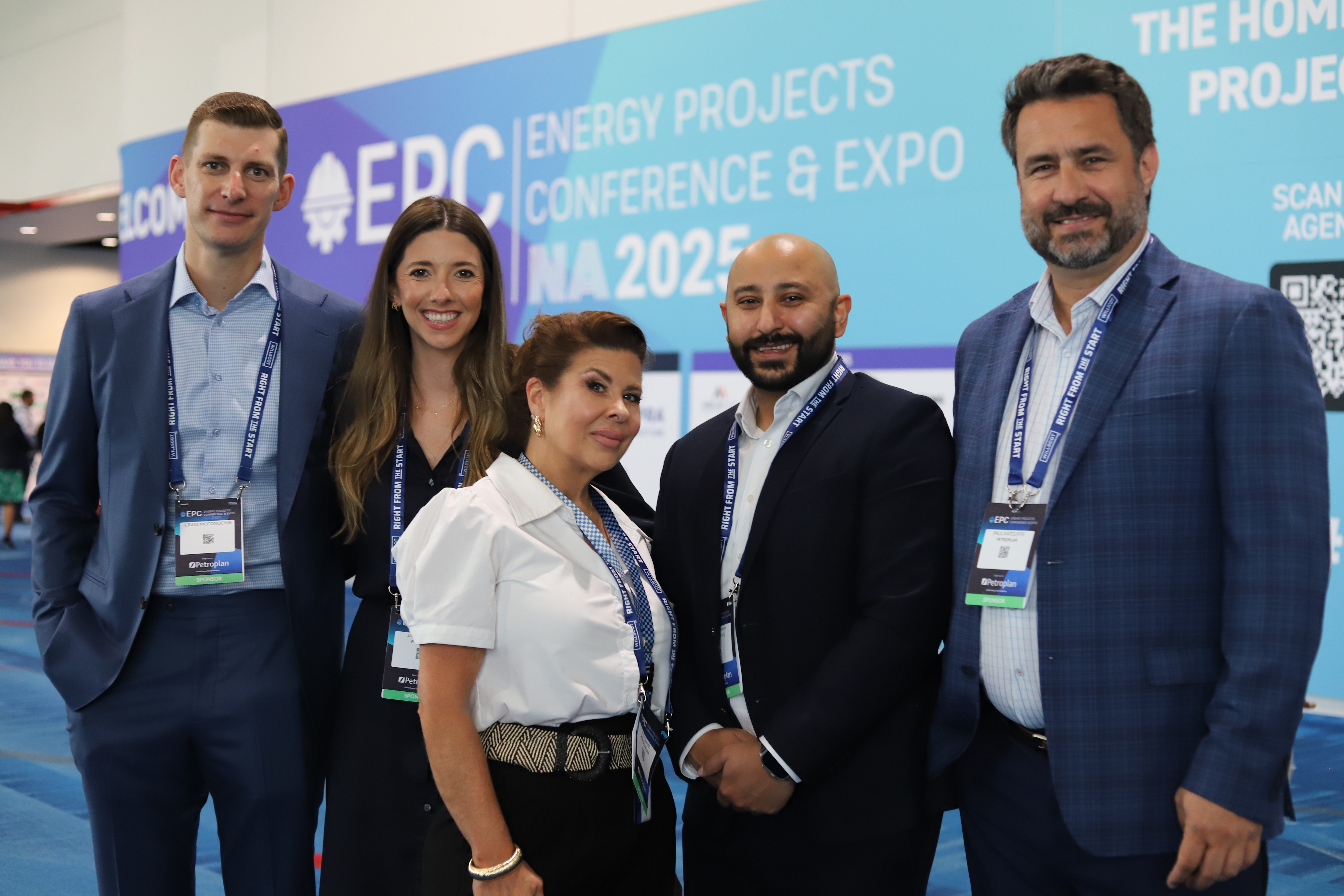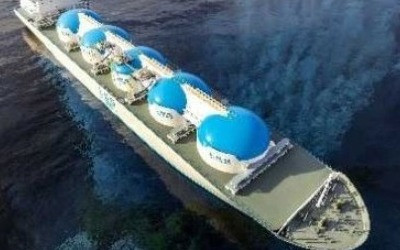August 30, 2017

The North Sea Decommissioning Talent is a priority
Petroplan will be exhibiting in the North Sea Decommissioning Zone at SPE Offshore Europe 2017 in September. Decommissioning is a special focus at the conference with a range of expert speakers. These are part of the plenary and new Decommissioning Zone technical programme. Supported by Decom North Sea, this new zone will deliver an extensive line-up of industry commentators and business speakers. Petroplan will be exhibiting on stand 6A24.
With more than 100 offshore platforms forecast for full or partial removal in the UK Continental Shelf (UKCS) and 1,800 wells to be plugged over the next decade, SPE recognised a need to place North Sea decommissioning high on the 2017 Offshore Europe agenda.
As several assets in the North Sea reach the end of their lifespan, the latest cost estimate from the Oil and Gas Authority has predicted the cost of decommissioning the UKCS oil and gas infrastructure is £59.7 billion with an ambitious goal of completing this work for less than £39 billion. Source: https://www.offshore-europe.co.uk/Show-Features/Decommissioning-Zone/
Petroplan’s decision to take part in this conference is in response to the growing need for specialist skilled people to plan, oversee and deliver North Sea decommissioning projects. Petroplan as an international oil, gas and energy recruitment and contract management business started its 40 year service in the North Sea. We are therefore well-versed in the challenging conditions and identifying and mobilising the appropriately skilled professionals to deliver projects safely in this location. This is a natural progression for our teams to support our clients and contractors through the North Sea life cycle as they move from late life to decommissioning.
The hiring challenge to find professionals with Decommissioning skills and experience
The 24 months since the oil price slide have seen as many as 440,000 redundancies worldwide, as well as thousands of early retirees with three decades and more of experience in their fields. Source: https://www.oilandgasiq.com/strategy-management-and-information/articles/decommissioning-oil-gas-north-sea-uk-norway
So the challenge for those organisations looking to fulfil North Sea decommissioning projects will in large part be due to labour shortages. Many of these organisations are seeing the commercial opportunity in these decommissioning ventures and will need to select their key teams with great care.
Support for Decommissioning projects growing
Only earlier this month, an offshore vessel said to have produced almost 150 million barrels of oil over 36 years has arrived in Shetland for decommissioning. Source: http://www.bbc.co.uk/news/uk-scotland-north-east-orkney-shetland-40910885 Originally a drilling rig, Buchan Alpha started production from the Buchan field in 1981.It was taken out of service in May by operators Repsol Sinopec Resources UK.
North Sea decommissioning is high on the political agenda of the Scottish government. It is committed to supporting Scottish industry win this decommissioning activity as an estimated £17.6bn is expected to be spent in the North Sea over the next decade as mature fields reach this stage in their project lifecycle.
The government is now actively supporting the industry, through the £5m Decommissioning Challenge Fund and the Decommissioning Action Plan, to identify further investment opportunities to capture contracts for later stages of the North Sea decommissioning process. Sources: https://www.energyvoice.com/oilandgas/north-sea/148405/scottish-energy-minister-visits-dundee-port-hear-decommissioning-offshore-wind-ambitions/
http://www.telegraph.co.uk/business/2017/08/21/total-agrees-6bn-deal-buy-maersk-oil/
The price of North Sea Decommissioning
Applications to remove platforms are starting to come in thick and fast. Organisations such as Britain’s Oil & Gas Authority (OGA) estimate the price of decommissioning the UK’s offshore oil and gas facilities at almost £60 billion ($78 billion) in 2016 prices, based partly on a survey of operators’ intentions. However, there is evidence to suggest that there is scope for reducing that sum by up to 35% to just below £39 billion ($51 billion). This could be achieved through developing more innovative contracting approaches and sharing lessons from completed decommissioning projects. One of the initiatives the authority cited is the UK’s multi-operator well plugging and abandonment (P&A) campaign. According to the Aberdeen-based Oil & Gas Technology Centre, P&A activity accounts for around half the UK’s decommissioning costs. Source: http://www.offshore-mag.com/articles/print/volume-77/issue-8/departments/offshore-europe/baltic-countries-seek-norway-gas-link.html
The particular challenges of the North Sea decommissioning mean that the skills and technology developed here will be of enormous use to global decommissioning projects in the future. They will help to work towards the cost savings that could be achieved through the approach to the project. For instance, new waterjet cutting technologies which can cut in difficult and confined conditions – like those found on an oil rig – will enable decommissioning teams to operate more quickly and easily.
In particular, cold cutting water jet technologies can now be operated around 1km from where the actual cutting is taking place. And with its ability to operate both on land, underwater and in potentially explosive environments, it is perfectly placed to help decommission the North Sea and help lead the UK into a new age of decommissioning excellence. As more fields go offline, the skills and technologies developed in the UK will likely be in high demand.
Petroplan’s approach to building Decommissioning teams
Our recruitment specialists are segmented into Specialist Discipline Teams focused on key areas of the business. These teams work independently of each other to build discipline-specific groups of talent, and are founded on exceptional levels of technical knowledge – ideally equipping them to qualify candidates to a very high technical level. We speak the language of the industry and genuinely understand the requirements of our clients; allowing us to quickly and efficiently gauge a candidate’s suitability.
In the early stages we expect to recruit for: The Senior Project Management Team.
In the execution and design phases of project management we’d focus on roles such as Structural Engineers, Subsea / Pipeline Engineers, Subsurface / Reservoir Engineers (Petroleum), Wells Engineers, Accountants / Cost Controllers, Planners, Asset management (i.e. OIM’s ) Risk & Tech Safety, Specialist Study providers, Public Affairs, Environmental Advisers, Permits / Regulation Adviser, Auditors / Peer Reviewers, Supply chain & Logistics, Admin & IT (Inc. Document Control), Partner Reps, Human Resources and Well Examiners.
In the latter execution and close out phases, we’d identify staff for (Vessel Rep, Materials control, Safety Adviser, Well supervisor roles. Specialist contractors (i.e. NORM / LSA, seabed soil sampling) Invoice / payments controllers, Training and Coaching would also be applicable. As well as Project Managers, Contracts, Accounts, and Commercial positions forming the focus post decommissioning.
Dedicated Mobility Teams
In many competitor organisations to Petroplan, recruitment consultants have dual responsibility for both recruitment and contractor management. At Petroplan there is an expert team dedicated solely to contractor mobilisation and support – resulting in the highly personalised and efficient services for which we are renowned, and freeing our recruiters up to focus on securing the best talent for our clients.
Petroplan’s contractor support package is designed to minimise administrative distractions, allowing contractors to focus on their assignment. Depending on the contractual agreement and the client’s specific requirements, any combination of services may form part of our contractor management provision, for example: contract drafting and negotiation, pre-assignment briefings, mobilisation travel and accommodation, training re-validation and ongoing contract administration – to name just a few.
In line with our culture of continuous improvement Petroplan recently implemented a new Contractor Timesheet and Expense Management system that allows the online submission of monthly or bi-weekly expenses, with automated approval and invoicing processes.
If your business has a North Sea decommissioning project on the horizon or indeed you are a professional looking to be represented by a specialist recruiter, get in touch with Suzanne Cameron suzanne.cameron@petroplan.com at our Aberdeen office Regent House, 36 Regent Quay, Aberdeen, AB11 5BE and +44 1224 536210






You can also use your social account to sign in. First you need to:
To connect your social account you must Acknowledge the Terms & Conditions and Privacy Policy